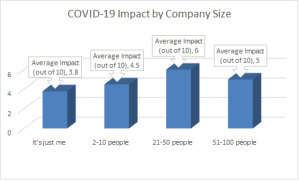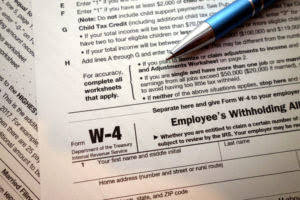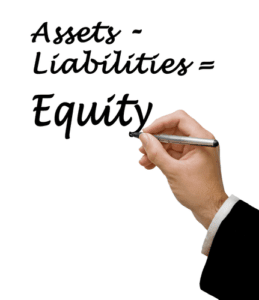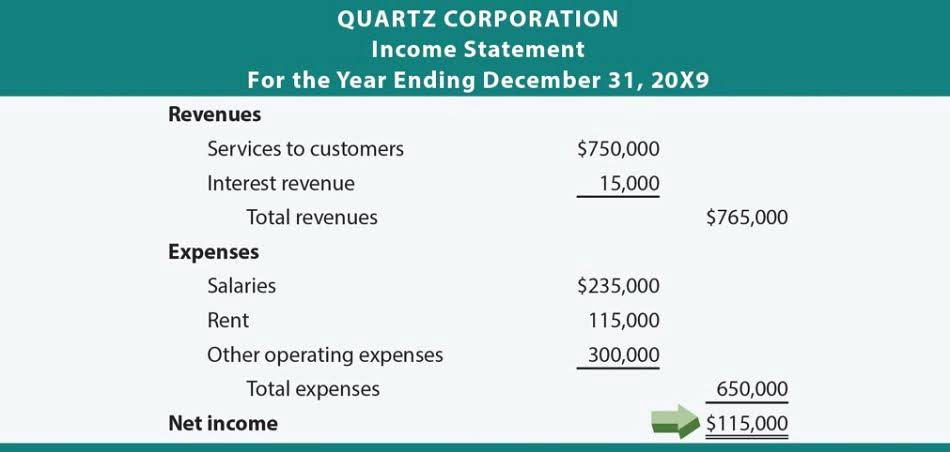Income Summary Definition, Purpose, How to Close

Following the completion of this entry, the balance of all expense accounts will be zero. In the realm of accounting, the income summary account serves as a pivotal tool in the process of closing out financial records at the end of an accounting period. This article aims to unravel the intricacies unearned revenue of the income summary account, shedding light on its purpose, usage, and significance in financial reporting. This way each accounting period starts with a zero balance in all the temporary accounts. All revenue accounts will be closed at the conclusion of the accounting period.
- Income Summary allows us to ensure that all revenue and expense accounts have been closed.
- The balance in Retained Earnings agrees to the Statement of Retained Earnings and all of the temporary accounts have zero balances.
- During the financial statement preparation, the Income Summary Account plays a crucial role in summarizing the net income or net loss for the period.
- If this is the case, then this temporary dividends account needs to be closed at the end of the period to the capital account, Retained Earnings.
Step 3: Close Income Summary to the appropriate capital account

At the end of each accounting period, businesses prepare an income summary and an income statement. The income summary account has a balance equal to Sam’s Guitar Shop’s net income for the year after Sam’s Guitar Shop prepares its closing entries. In a journal entry like this, the balance is transferred to the retained earnings https://x.com/bookstimeinc account.
- Income and expenses are closed to a temporary clearing account, usually Income Summary.
- I can’t find how to get the net income to post to Retained Earnings instead of Owner Capital.
- This process updates retained earnings and resets the income summary account to zero.
- Our solution has the ability to prepare and post journal entries, which will be automatically posted into the ERP, automating 70% of your account reconciliation process.
- Moreover, the closing procedure shows that revenue, expense, and dividend accounts are retained earnings subcategories.
- These journal entries play a crucial role in resetting the revenue and expense accounts to prepare them for the next accounting period.
Does the income summary have a normal balance?
- Its significance is evident in providing a concise snapshot of the company’s financial status and preparing financial statements for stakeholders and regulatory compliance.
- Likewise, shifting expenses out of the income statement requires you to credit all of the expense accounts for the total amount of expenses recorded in the period, and debit the income summary account.
- Then the income summary account is zeroed out and transfers its balance to the retained earnings (for corporations) or capital accounts (for partnerships).
- From this trial balance, as we learned in the prior section, you make your financial statements.
- Take note that closing entries are prepared only for temporary accounts.
- Boost your confidence and master accounting skills effortlessly with CFI’s expert-led courses!
You can start by running the Profit and Loss report for this fiscal year in question and see the Net Income value at the very bottom. You should see this same value in net income contributing to Equity. When the fiscal year ends, it’s not until the first day/date of the new one that QuickBooks moves your net income to the Retained Earnings account. Once you’re seeing the net income assigned to the Owners Equity account before the fiscal year-end date or on the last day, then that should be correct. As usual my old school accounting experience gets in the way of modern accounting software like QBO. Our T-account for Retained Earnings now has the desired balance.

When is the Income Summary Account closed?

It serves as a temporary account, consolidating the company’s financial performance before the final step of closing entries. These journal entries play a crucial role in resetting the revenue and expense accounts to prepare them for the next accounting period. The process usually begins by transferring the balances of revenue accounts to the income summary account and the expenses to the income summary as well.
It provides a clear overview of the company’s profitability and aids in decision-making for future financial strategies and investments. When doing closing entries, try to remember why you are doing them and connect them to the financial statements. To update the balance in Retained Earnings, we must transfer net income and dividends/distributions to the account. By closing revenue, expense and dividend/distribution accounts, we get the desired balance in Retained Earnings. Each of these accounts must be zeroed out so that on the first day of the year, we can start tracking these balances for the new fiscal year.
- The income summary account has a zero balance for the rest of the year.
- By utilizing the trial balance data, the income summary account helps in reconciling the financial records at the end of the accounting period.
- The balance in Retained Earnings was $8,200 before completing the Statement of Retained Earnings.
- An income statement’s objective is to compile all of the account information on revenues and expenses recorded during an accounting period and display it in standard income-statement format.
- It helps in summarizing the financial performance of the business over the period.
- The balance of an income summary account is calculated at the period end, incorporating data from the trial balance to determine the net income or net loss.
All of the revenue accounts balance in the credit side column as the organization’s total income. Also, all of the expense accounts balance in the debit side column as the organization’s total spending. If the credit balance is greater than the debit balance, the profit is indicated. On the other hand, if the debit balance is greater than the credit balance, the loss income summary account is indicated. Whatever remains in the last credit or debit balance will be transferred to the balance sheet’s retained profits or the capital account. The next step is to close the temporary revenue and expense accounts by transferring their balances to the income summary account.










